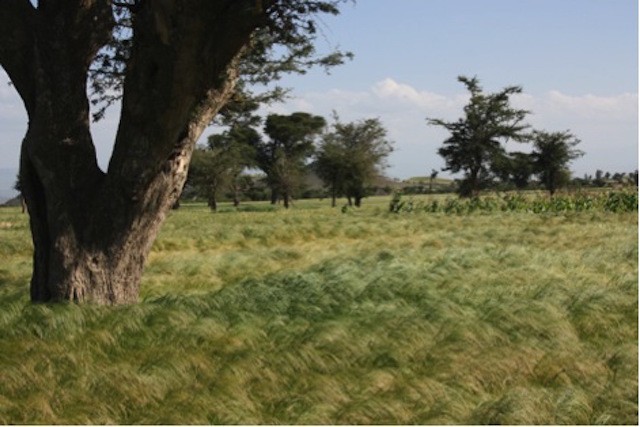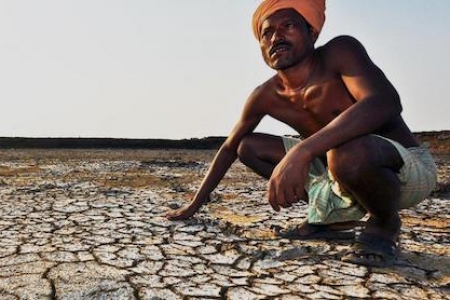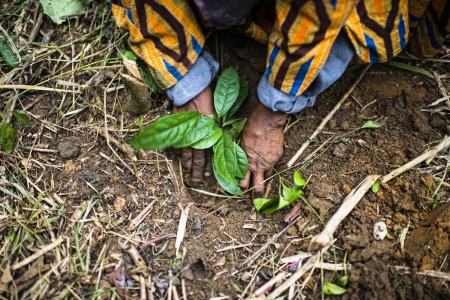This piece was originally published on the World Agroforestry Blog
Global food and development policies are increasingly being supported by crop models, but current modelling approaches are unfit for this purpose. The models in use, many of which were developed in the 1970s and 1980s for high-input monoculture systems, ignore critically important aspects of sustainable agriculture. And they do not work for complex agricultural landscapes common in developing countries, systems in which trees are integrated with crops, and which, in addition to crop yields, bring numerous benefits to people and the environment. A shift towards more holistic crop modelling is urgently needed. If crop models continue to neglect systems and outcomes that cannot be modeled with precision, their use will keep directing us towards purely yield-optimizing systems that perform poorly with regard to critical development objectives such as ecological sustainability and social fairness.

I recently attended the first major meeting of the global crop modelling community in a long time — the International Crop Modelling Symposium held in Berlin. Most major players in the discipline were there, including some of the people who laid the foundations for all the big models in the 1970s and 1980s. Consequently, many of the presentations discussed the history of crop modelling and the impressive progress that the field has made since its early days. Models originally designed to simulate crop growth at the plot level are now used for large-scale food security assessments and for policy advice up to the global level. The ability of models to simulate crop responses to weather, soil and management has greatly improved and colleagues from all around the world presented a number of very promising results.
Gaps in current crop models
How does resource competition with trees affect growth of the Ethiopian signature grain tef? A probabilistic approach can aid in modelling complex agroforestry systems. Photo by Eike Luedeling/ICRAF
From an agroforestry perspective, however, the state of the modelling art is quite sobering, especially when it comes to smallholder systems in many
developing countries. Almost all convincing applications of crop models focus on simple systems. In most cases, they consider only pure stands of crops grown in monoculture. Simulations of intercropping are rare, and at the conference I didn’t come across any presentations that reported on process-based models that include trees in agricultural landscapes.











